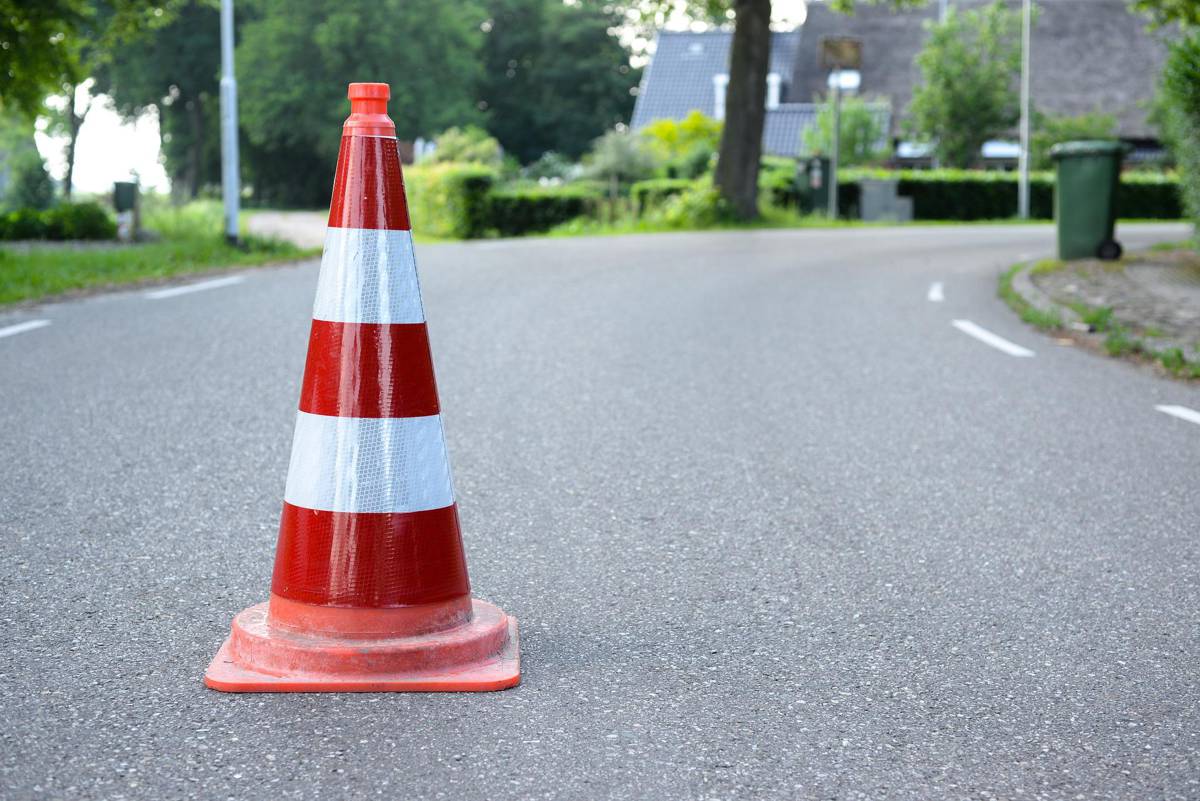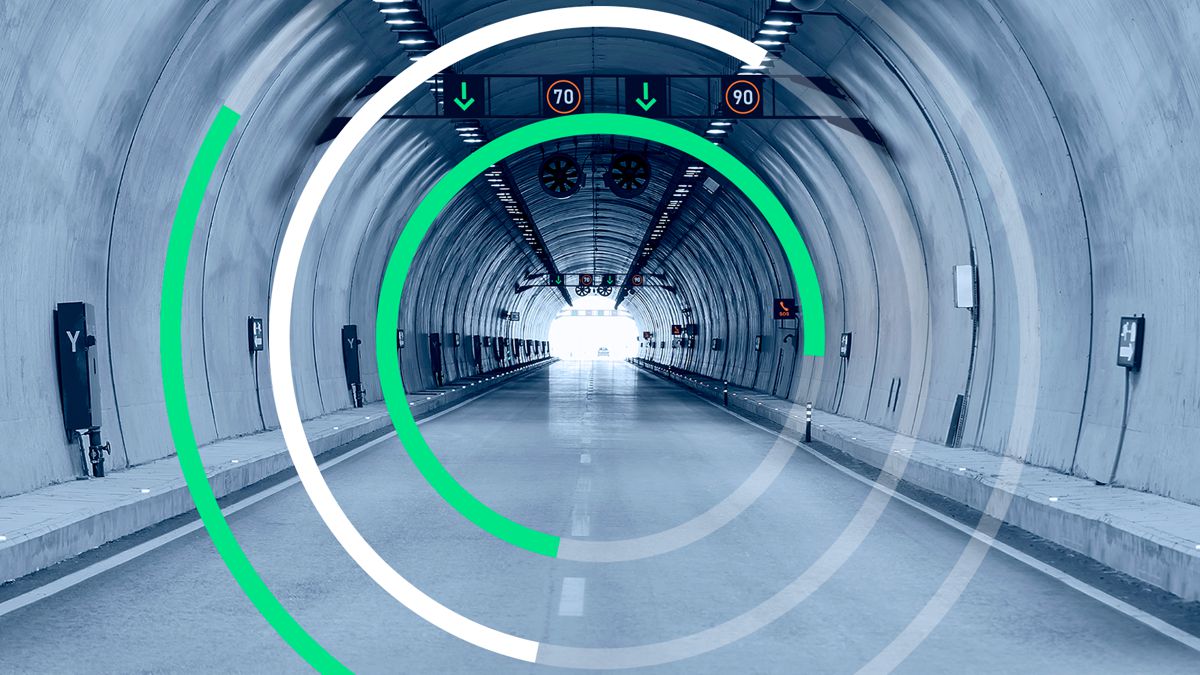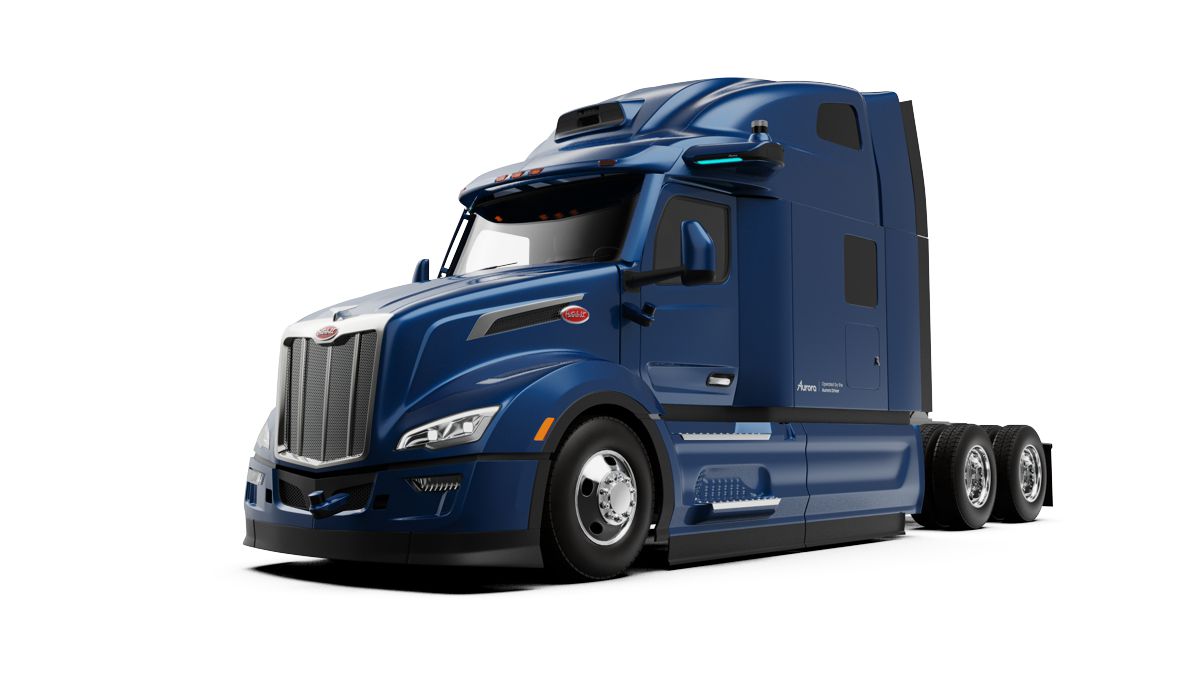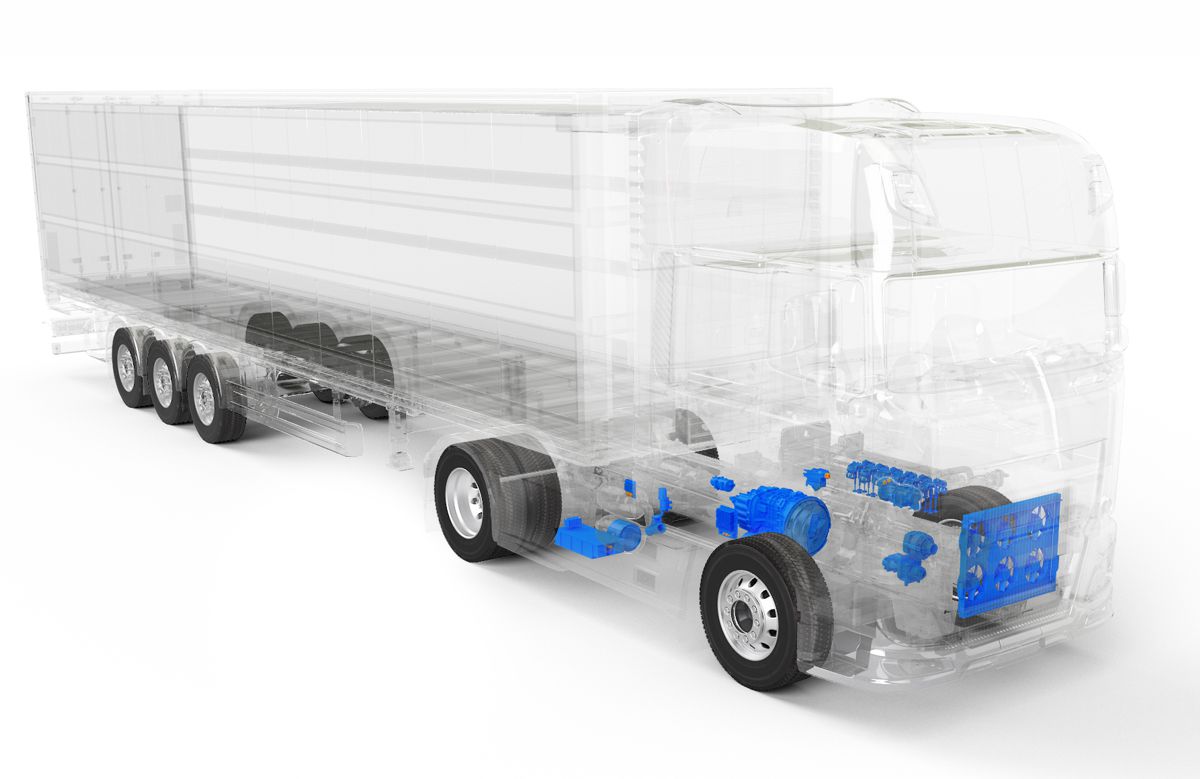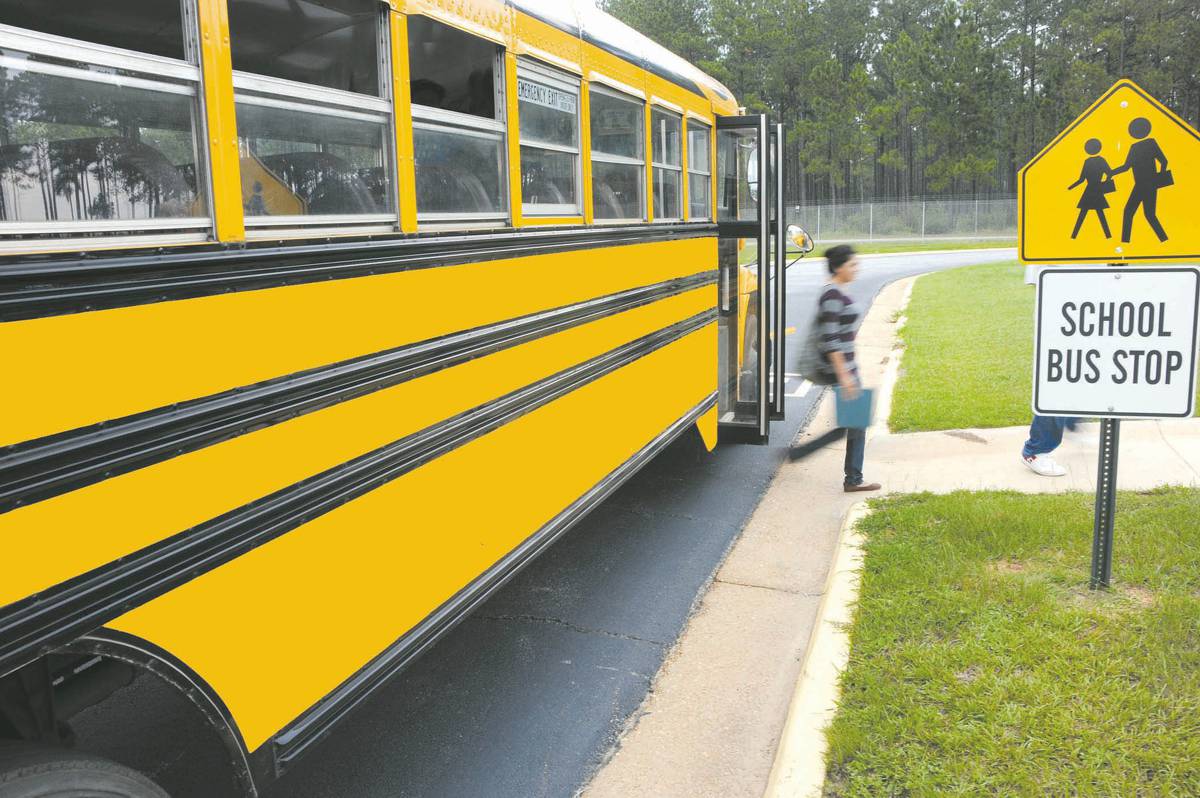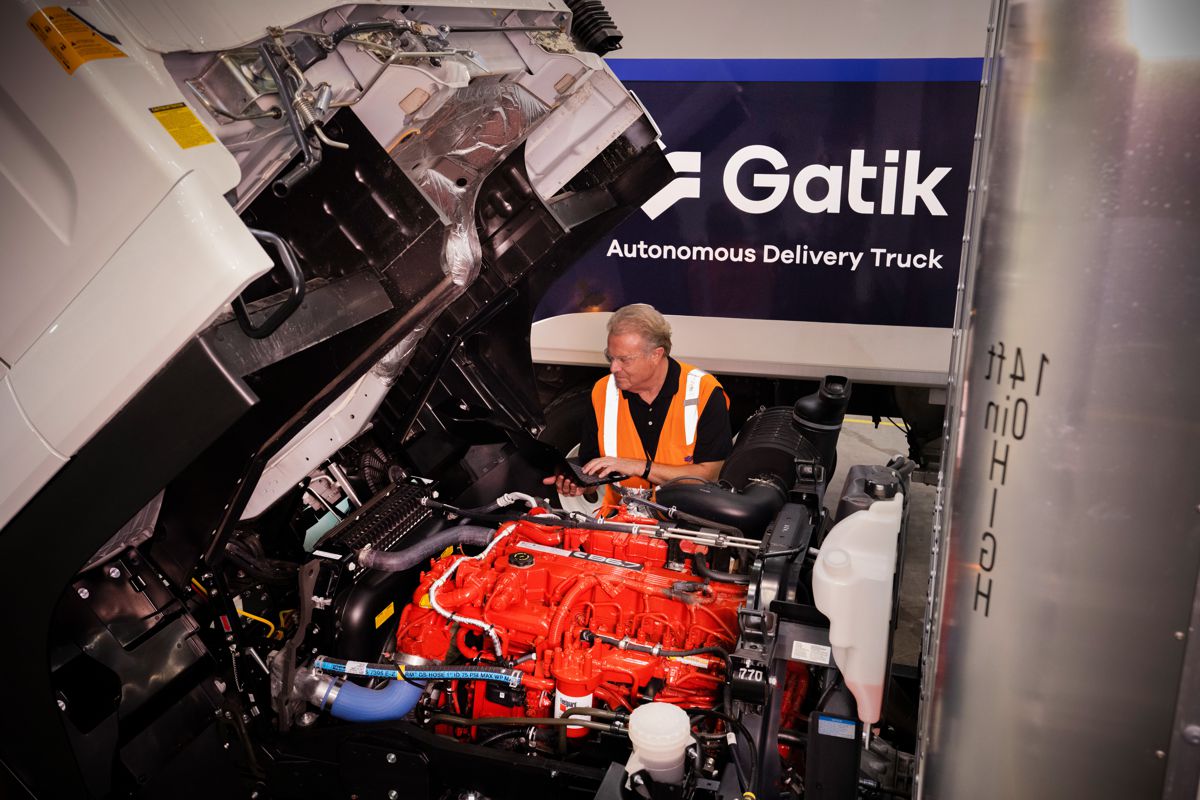How AI Technology is making our Roads Safer
Artificial Intelligence (AI) is now all around us – on your phone, analysing your financial prospects, and selecting what films to recommend on Netflix. It’s still early days in AI’s journey to make the same changes to our streets, but progress is being made in leaps and bounds in using privacy-protected AI to improve safety on the roads.
This progress is going to be critical to address the 1.35 million people who die annually in road accidents (UN Road Safety Fund), with 54% of deaths being pedestrians, cyclists and motorcyclists. Making it worse, road traffic accidents are the leading cause of death among all children and young adults. This is the critical reason why halving the number of global deaths and injuries from road traffic accidents features in the UN Sustainable Development Goals.
To achieve this, both the World Health Organisation (WHO) and the Organisation of Economic Cooperation and Development (OECD), consider the Safe System approach as best practice. This internationally adopted strategy recognises that human error is no longer the primary cause of road accidents, but rather, it is failures in the road system itself that pose the greatest risks.
So, what more can be done to make roads safer? AI technology is already going a long way in terms of providing authorities with a better understanding of different road patterns and travel behaviours. It’s now time to leverage these insights to help make our streets safer too.
The role of artificial intelligence in making road safer
Historically, road safety intervention has been a reactive process where improvements are often made after an accident has already happened, rather than trying to prevent it.
Computer Vision based AI can provide comprehensive insights to proactively guide safer road design. It can provide accurate, GDPR compliant, road use data, on all types of users – from pedestrians and bicycles to buses and HGVs, as well emergent modes, like e-scooters, which are presenting new challenges to existing infrastructure and road safety legislation.
By combining speed and path datasets and analysing the post-encroachment time of vehicles as they cross a single point, near miss data can reveal the riskiest areas of a road space to inform proactive safety interventions.
This kind of data is vital for assessing the impact of new schemes, modes, and changes on the network. For example, data gathered from e-scooter trials can help build strong evidence on the safety impact of e-scooters, feeding into key policy decisions.
According to Transport for London, more than one million journeys were made last year using London’s e-scooters rental scheme. However, unfortunately almost 40% of injuries involving e-scooters across England, Scotland and Wales last year happened in London and last year the capital also recorded double the number of casualties compared to previous year.
Beyond gathering data on near misses, computer vision can also gather detailed speed data. According to TomTom a 30kph (18mph) speed limit instead of a 50kph (31mph) limit meant 20% less accidents. It also showed it had an impact on reducing the severity of the accidents: 45% of pedestrians hit by cars travelling at 50kph would die, but that number drops to 5% when the car is only travelling 30kph.
Monitoring road users’ speed can help decide whether new reduced speed limits are needed in a certain area, not only improving road safety but also supporting a modal shift towards active travel. This lessens the appeal of driving and thus reduces the volume of motorised vehicles on the road, making cycling and walking a more attractive option.
Meanwhile, computer vision can also gather data on the precise paths road users take through the urban environment. By looking at whether pedestrians use the crossing or cut the corner, or whether cyclists use the pavement to dodge a red light, computer vision can give transport planners the detailed understanding of road space usage they need to make radical changes to the ecosystem.
With computer vision-based AI, we can understand near misses before they happen; plot speed profiles to implement new safety regimes; and look at how active travellers use the road space to reduce the temptation to circumvent the system. These datasets are a key missing piece in the puzzle to achieve a UN Sustainable Development goal, and ultimately eliminate the leading cause of deaths in children and young adults.
Article by Mark Nicholson, CEO and co-founder, VivaCity.





